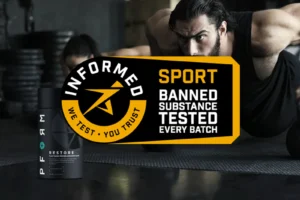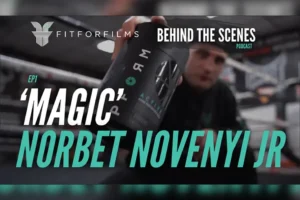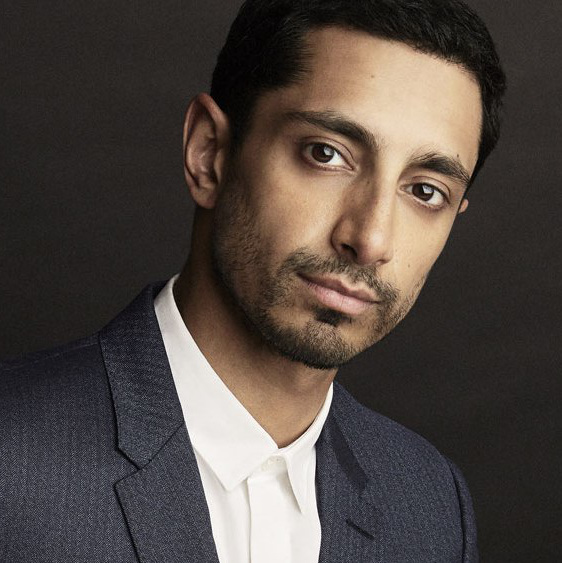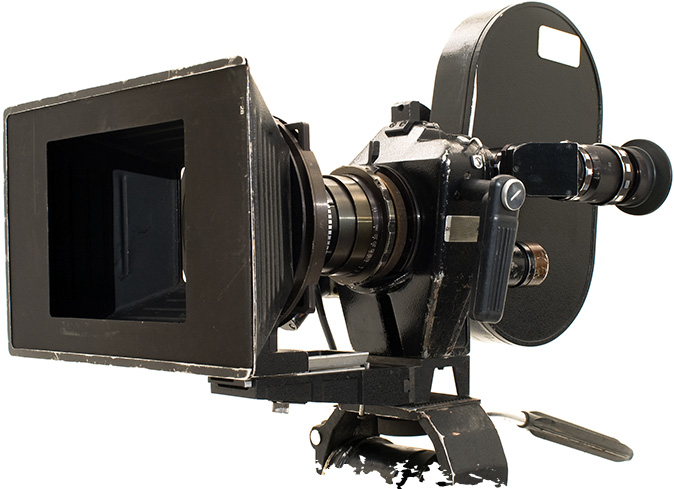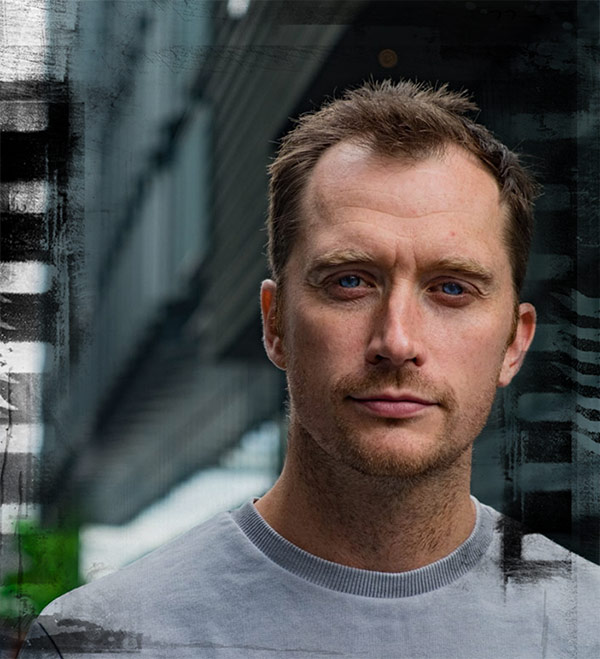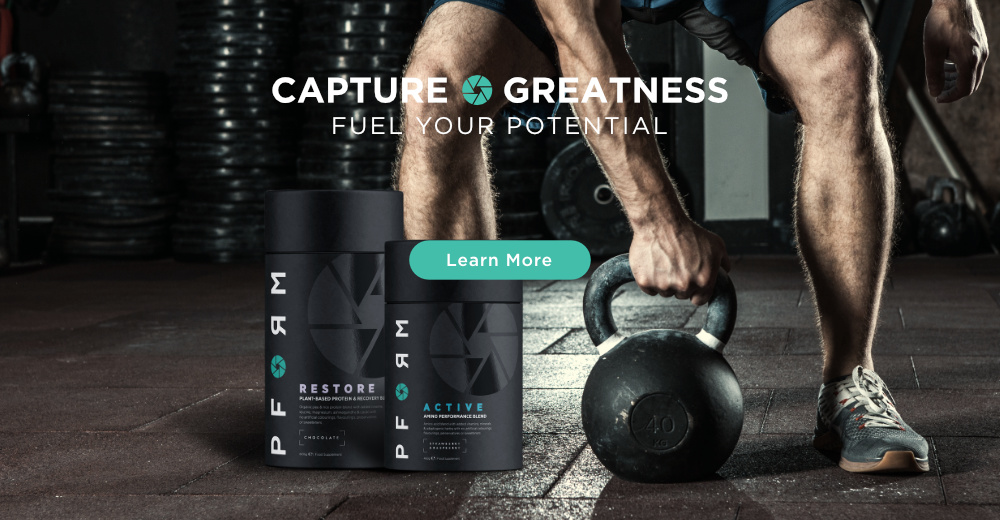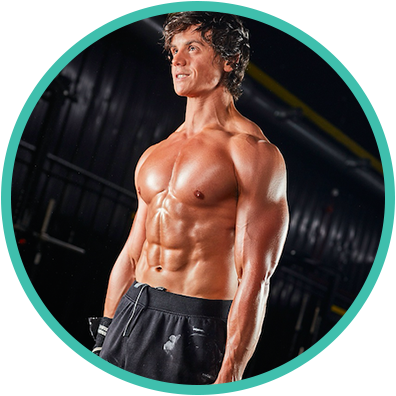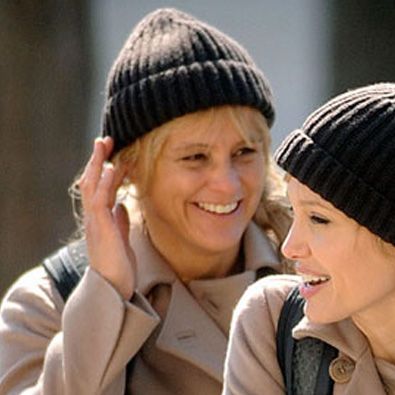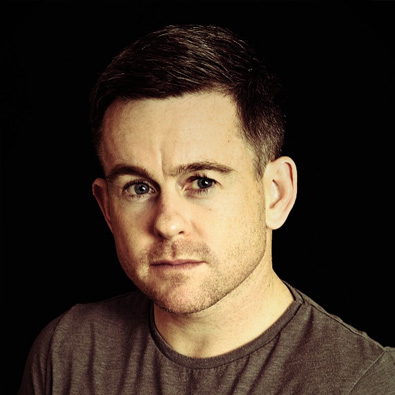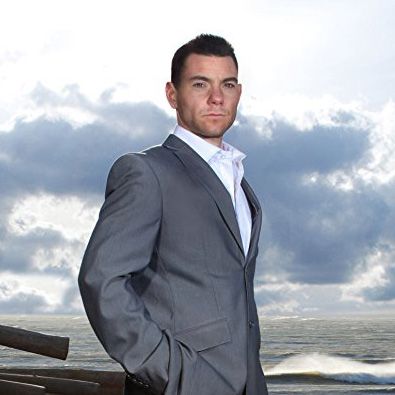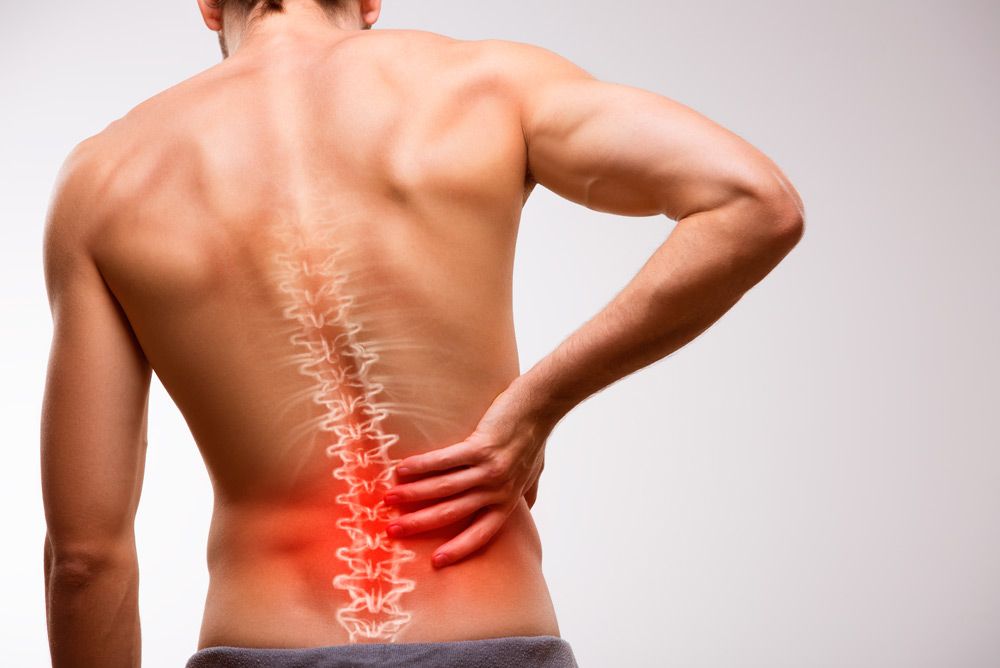
The Bullet Proof Body Part 2: Lower Back
In part 1 of the bullet proof body I spoke about the importance of the feet and ankle mobility. The reason why I started here is that this is the first area I would look at for anyone suffering from lower back pain. Make sure you read part 1 before this article, as it will massively help you understand some key principles behind injury proofing your body. This article will follow the same suit as the last. First, I’ll be discussing a little bit about biomechanics and common reasons for lower back pain, then I’ll be giving my top 3 tips for correcting issues and building pain free foundations.
We humans tend to think we’re pretty smart, what with our modern technology, smart phones and automobiles. Don’t get me wrong, the human brain has become something of wonder, but the human body leaves a little to be desired from a biomechanical and survival stand point. Have a quick think, see if you can name one other mammal, (other than humans), that permanently walks around on two feet? Tricky isn’t it?
Over millions of years of evolution, the human body went from Neanderthal quadruped to the only biped on the planet. This worked both for an against us. I would guess that the evolution came about so that we could use our hands more practically. This is extremely useful and without a doubt would have helped us, but it comes with a price.
When you’re playing poker how do you hold your cards? Do you have them with the backs of the cards facing the opponents whilst placed close to your chest or do you have them facing towards the other players so everyone can see what hand you’re holding? All our most vital organs are held superficially at the front of our body; the throat, heart, lungs, stomach and genitals. Despite standing up seems like a good idea, it actually presents all your most valuable assets directly in front of on-coming predators or threats. Keep this in mind as it will be very important to remember later on.
Now consider the fact that physiologically, we are not built in a balanced way. Don’t worry, this is a good thing. As Thomas Myers’ explains in his excellent book Anatomy Train’s, the anterior and posterior planes of the body is like the mast of a ship. The back line needs to be tight and rigid to hold the mast up, whilst the front needs to be supple in order to allow the sails to move.

Key concept: Your posterior chain needs to be strong and rigid, your anterior chain needs to be strong and flexible.
Ok, now let’s go to why we would create such an anatomical evolution? I would guess it is so we could sprint and throw a spear at the same time. Now let’s look at what modern (wo)man does 90% of their waking time; sit down slumped in a chair. We neglect our postural muscles leading to weakness. When muscles are weak, fascia, the connective tissue around the body tightens up to compensate (see part 1). Our posterior fascia becomes very tight in the wrong places with a common focal point being the lower back. When the lower back tightens to protect the core and pelvis, it will be pulled out of alignment. The body being misaligned can lead to muscles, joints and bones grinding on each other when they are not supposed to. When this happens, nerves can become trapped in this musculoskeletal car crash leading to pain.
Strength training is an excellent way to fix lower back pain. By making muscles stronger, the body can re-align, allowing the fascia to release and do its job of supporting structures, not actually moving structures itself. Before I talk about strength training, I first have to cover one area which is essential for lower back pain management; stress.
Stress is the ultimate stealer of health. Whether it be physical or emotional, not paying attention to ways you can reduce stress will always hinder your quest for being pain free. This statement may seem a little vague, so let me explain from a biomechanical/physiological stand point.
Cast your mind back to when I said we have evolved in a unique way to other animals on the planet. Our vital organs are all situated in view on the front of the body. When our body detects stress, it wants to protect us. In order to protect its most vital organs, it tells the anterior chain muscles to shorten, keeping the throat, heart and digestive system out of view. Think of it as our postures changing from an “L” shape on the lateral view to a “C” shape. It’s literally concaving in as a protective mechanism. Without measures in place to reduce physical and mental stress, the desired pain free L position will never be achieved.
Right then, sciencey bit all out of the way, time for the tips on how to build and strengthen the lower back.
1. Train the spine rigid and train the spine flexed
So, this one may sound like a contradiction initially, but hear me out. When lifting very heavy weights, (compound movements), we want our spine to be solid and steal like. We want zero movement in the lumbar spine and little to no flexion in the upper thoracic (some is acceptable). Training with a neutral, braced spine probably won’t be new to you. However, doing the opposite and intentionally bending the spine could be a concept you have not come across before.
The spine is layered with many different muscles which attached vertebrae to vertebrae. They have fancy Latin sounding names, which I don’t need to list as you don’t need to know them. They allow the spine to flex, extend and rotate in multiple directions, enabling us to move freely. When we train with a neutral spine, these muscles are acting as rigid stabilisers to keep the spine in place. This is excellent when lifting a heavy object. However, when we move in real life we seldom brace the abs, tuck the chin, engage the lats and so on. Replication of lifting technique in the outside work is neither common nor practical. Now considering that a lot of people injure their back’s when in the gym, a larger amount of back injuries is caused by doing mundane innocuous tasks, such as tying their shoelace or picking up a pencil.
Flexed spine training is an excellent way to bulletproof the spine against all cause injury. Due to its nature, it must be a lot more controlled and lower in weight/intensity. The Jefferson curl is a fantastic movement to strengthen the spine. It involves slowly lowering your upper thoracic down and curling up the spine as if a small man is walking along the back of your spine. Once you reach end range, you then extend the spine in the opposite direction but with the exact same technique. I would do 2 sets of 10 as a warm up before deadlifting and then 3 sets of 15 as a finisher after deadlifting.
2. Learn how to breathe and learn how to brace
Learning proper breathing patterns is incredibly important for overall health. If you would like to know more about diaphragmatic breathing, you can do so in our separate article on the topic. Breathing and bracing are two different things though. Breathing is essentially using the correct muscles to pull air into the lungs. Bracing is statically contracting the core muscles so that the spine is fixed and does not move. One mistake I used to make was cueing “Brace the abs”. You 100% should brace your abs when lifting, but you should also brace a lot of other stuff as well.
Bracing is engaging the trunk musculature. This consists of the abs, lower back and multitude of spinal muscles as mentioned before. You (kind of) do this when diaphragmatic breathing, but not to the extent required to lift 200kg off the floor.
You can practice bracing by doing movements such as the plank, side plank and bird dogs. All these movements feature in Dr Stuart McGill’s “Big 3” concept and are brilliant for engaging the spine pre-workout. I would recommend doing these exercises upon waking, before training, after training and before bed. This may seem like an arduous task, but not when you consider they take a maximum 3 minutes to do. For a ~10-minute investment each day, these movements have a fantastic carry over to overall spine health.
3. Your glutes and your roots
If you put the seed of a grand oak tree into a plant pot how big would you expect it to grow? A few inches, feet perhaps? Do you think it would reach the grandeurs of its predecessors whilst housed in the humble plant pot? Probably not.
The way I like to see it, the glutes are the roots that hold the pelvis in position. The pelvis is the plant pot in which the spine (the tree) sits in. If you have weak foundations regarding the base of the spine and the structure that supports it, you’re asking for trouble when attempting to lift fast or heavy.
I would advise strengthening the glutes in different planes. This basically means extending the hip but also abducting the femur, (fancy way of saying driving the knees out). Glute bridges and side clams are excellent for this and again, I would advise low threshold “awareness” work before training followed by a little high-volume lactate work to finish.
Putting it all together
If you have lower back issues, or just wish to add some pounds to your squat and deadlifts, you can use this low intensity but highly effective programme to re-wire brain and body for a stronger, injury free spine.
- A1) Plank – 20 seconds max contraction
- A2) Jefferson Kettlebell Curl – 5 reps slow tempo
- x3 rounds
- B1) Bird Dog – 5 per side
- B2) Side Plank – 15 seconds per side
- x3 rounds
- C1) Banded Glute Bridges – 10 reps
- C2) Side Clams – 30 second isometric per side
- x3 rounds
The entire “workout” lasts about 10 minutes and can be done at home or as a warm up before lifting. A little spinal care goes a long way and making these movement foundations of your training regime will do wonders to lifting health and longevity.
